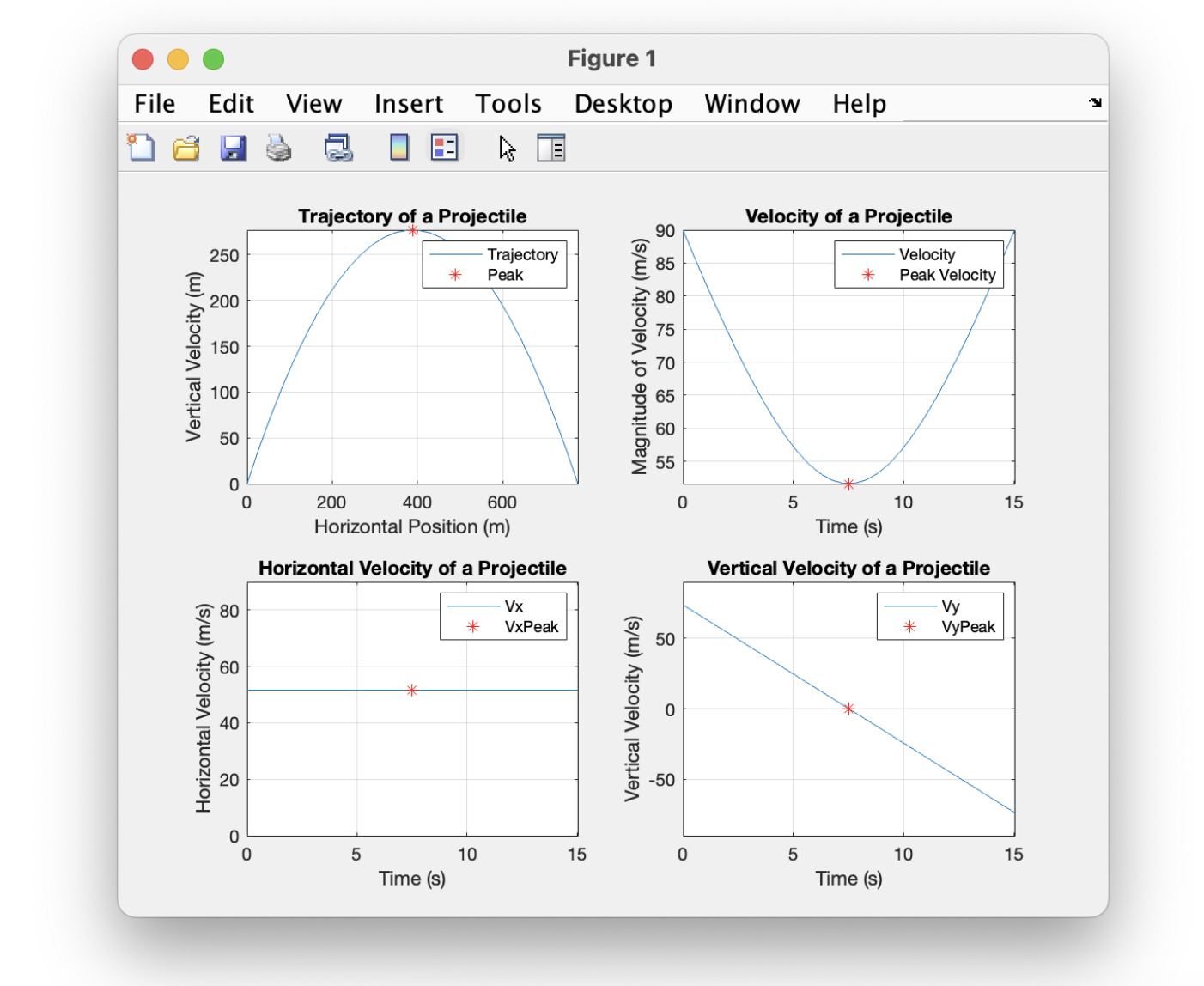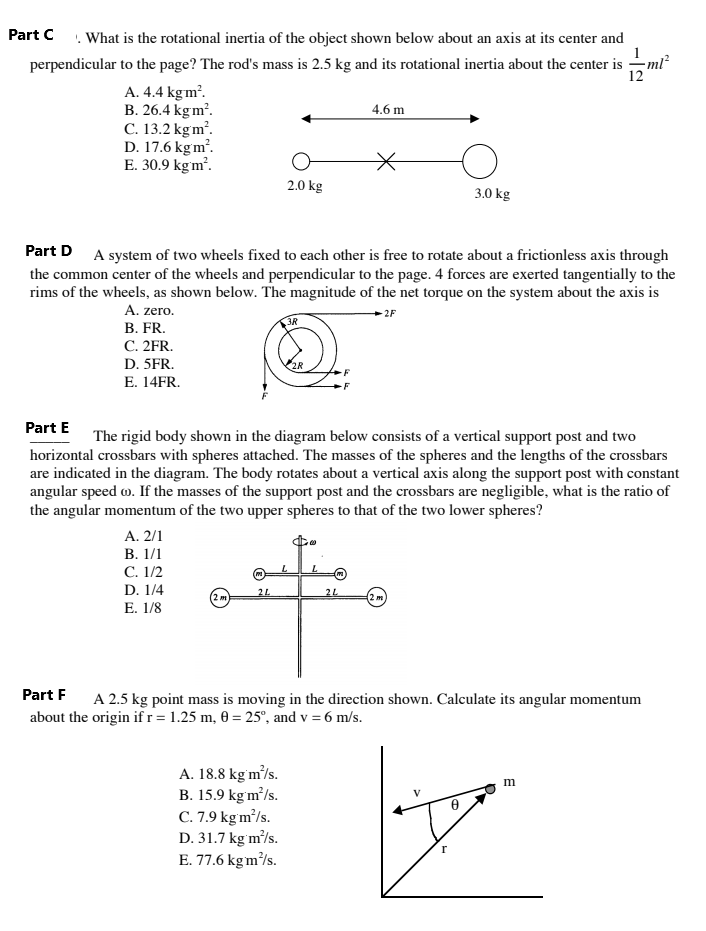Who Else Wants Info About Is Gravity 9.81 Or Negative

The Gravity Question
1. Understanding Gravity's Pull
Okay, let's dive straight into this gravity business. You've probably heard that gravity is 9.81 m/s, and that's generally true, especially if you're hanging out near sea level. But then you might hear it being referred to as -9.81 m/s. So what gives? Is gravity having an identity crisis? The short answer is no, it's all about perspective, and a tiny bit about where you are on Earth. Think of it like ordering pizza; the toppings are the same, but the delivery guy might be coming from a different direction!
The key thing to remember is that gravity is an acceleration. Acceleration is a vector, meaning it has both a magnitude (how much) and a direction. The magnitude is that familiar 9.81 m/s, representing how quickly gravity changes an object's velocity. But the direction? Ah, that's where the plus and minus signs come into play. It all depends on your coordinate system. If you define "up" as positive, then gravity, which pulls things "down," would naturally be negative. If "down" is positive, then gravity gets a positive sign. Simple, right? Maybe not entirely!
Think of it like this: You're dropping a ball. If you say upwards movement is positive, then the ball's velocity is becoming more and more negative as it falls (it's going faster downwards). Therefore, the acceleration due to gravity is negative. If, on the other hand, you decided that downwards movement is positive, then the ball's velocity is becoming more and more positive as it falls. The acceleration due to gravity would then be positive. It's about setting up your frame of reference so you can accurately describe what is going on. Just don't try to redefine up and down in real life; that could lead to some very confusing elevator rides.
So, is gravity 9.81 or -9.81? The answer is...both! It depends on the context of the problem you're solving. The numerical value, 9.81, is the important part that describes the acceleration's strength. The negative sign is there to remind you which way gravity is pulling. And that way is generally towards the center of the Earth, unless you're orbiting a black hole, in which case things get a little more complicated. But let's stick to Earth for now, shall we?

So, Negative Gravity Is A Thing
Coordinate Systems
2. Choosing Your Direction
Let's talk coordinate systems. This might sound like something out of a sci-fi movie, but it's just a fancy way of saying "how you're measuring things." Imagine you're telling someone how to get to your house. You wouldn't just say, "Go 5 miles!" You'd say, "Go 5 miles north," right? That's the direction part, and that's what a coordinate system gives you. In physics, when dealing with gravity, you need to decide which direction is positive and which is negative.
In most problems, you'll find that setting "up" as positive is the most intuitive. This means anything moving upwards has a positive velocity and acceleration, and anything moving downwards has a negative velocity and acceleration. Consequently, gravity, pulling things down, gets a negative sign (-9.81 m/s). But there's no cosmic rule saying you have to do it this way. You could absolutely set "down" as positive. In that case, gravity becomes +9.81 m/s. Just be consistent throughout the entire problem!
Why does consistency matter? Imagine you're calculating the trajectory of a ball thrown upwards. If you start by saying "up is positive" and then halfway through switch to "down is positive," your calculations will be completely off. You'll end up with a ball that magically defies gravity and does...well, who knows what! Physics is all about being precise, and that means sticking to your coordinate system like glue.
The important takeaway is this: The negative sign is not an inherent property of gravity itself. It's a mathematical tool that helps us accurately describe the direction of the gravitational force within a specific coordinate system. Think of it as choosing whether to measure temperature in Celsius or Fahrenheit. The actual temperature remains the same; you're just using a different scale to represent it.

Solved Question 4) Use Gravity=9.8 M/s/s. You Will
Beyond 9.81
3. Location, Location, Location
While 9.81 m/s is a good general approximation, it's not exactly the same everywhere on Earth. Earth isn't a perfect sphere; it's slightly flattened at the poles and bulges at the equator. This means you're actually a bit farther from the center of the Earth at the equator than at the poles. And, because gravity weakens with distance, gravity is slightly weaker at the equator (around 9.78 m/s) and slightly stronger at the poles (around 9.83 m/s). It's a subtle difference, but it's there!
Altitude also plays a role. The higher you go above sea level, the farther you are from the Earth's center, and the weaker gravity becomes. This is why airplanes don't just float off into space, but the gravitational pull is noticeably less than at ground level. It's also why those daredevil base jumpers need parachutes, even though they're technically a little bit lighter up there.
Even local variations in the Earth's density can affect gravity. Regions with denser rock formations have slightly stronger gravity than regions with less dense formations. These variations are incredibly small and require very sensitive instruments to detect, but they're used in geophysics to map the Earth's subsurface structure. So, the next time you're standing on a mountain, remember that you're experiencing a slightly weaker gravitational pull than someone standing on the beach. You're practically floating!
These variations are often negligible in everyday calculations, but they become important in precise scientific applications, like satellite navigation and geological surveys. So, while 9.81 m/s is a handy number to remember, keep in mind that gravity, like a good cup of coffee, can have subtle regional differences. Unless, of course, you're drinking your coffee in space. Then all bets are off.

How To Do A Unit Conversion For The Gravitational Constant G. Physics
Practical Applications
4. Solving Physics Problems
Okay, so we know the sign of gravity depends on our coordinate system. But when does it really matter in practice? The answer is: almost always, when you're solving physics problems! Anytime you're dealing with motion in a vertical direction, you need to be mindful of the sign conventions. For example, if you're calculating how high a ball will go when thrown upwards, you need to account for the fact that gravity is acting in the opposite direction of the initial velocity. That's where the negative sign comes in.
Imagine you're designing a rollercoaster. You need to know exactly how fast the cars will be going at various points along the track. Gravity plays a crucial role in determining these speeds, and you need to get the sign right to ensure the rollercoaster is both thrilling and, you know, doesn't send people flying off the rails. A miscalculation with the sign of gravity could lead to some very unhappy riders!
Another example is calculating the trajectory of a projectile, like a rocket or a baseball. You need to know how far it will travel, how high it will go, and how long it will be in the air. All of these calculations depend on accurately accounting for the effects of gravity, and that includes using the correct sign. Without the sign, you might end up launching your rocket into the ground instead of into orbit. That's not exactly ideal.
In short, the sign of gravity is a critical piece of information that you need to consider when solving any problem involving vertical motion. It helps you accurately describe the direction of the gravitational force and its effect on the object's motion. So, pay attention to your coordinate system, double-check your signs, and you'll be well on your way to becoming a gravity-defying physics master!

Gravity And Acceleration Ppt Download
Fun with Gravity
5. Gravity's Grip on Us All
Even though we often think of gravity as just a number, it's actually a fundamental force that shapes our entire universe. Without gravity, there would be no stars, no planets, and certainly no us! Gravity is what holds the Earth together, keeps us from floating off into space, and makes apples fall from trees (thanks, Newton!). It's a constant, invisible force that we take for granted, but it's always there, working behind the scenes.
Consider this: If you could magically turn off gravity for just a few seconds, everything that isn't bolted down would suddenly become weightless and start floating around. Buildings would crumble, oceans would slosh, and the atmosphere would dissipate. It would be utter chaos! So, the next time you're feeling down, remember to be grateful for gravity. It's keeping everything (literally) grounded.
Gravity also plays a role in everyday things that you might not even think about. For example, the reason why water flows downhill is because of gravity. The reason why bridges don't collapse is because engineers carefully design them to withstand the force of gravity. The reason why your car stays on the road is because of the friction between the tires and the road, which is ultimately caused by gravity pressing the car down. Gravity is the unsung hero of our daily lives!
So, the next time you're walking down the street, take a moment to appreciate the subtle yet powerful force that's keeping you firmly planted on the ground. Think about the fact that you're constantly being pulled towards the center of the Earth, and that this force is responsible for everything from the shape of the planets to the flow of rivers. And maybe, just maybe, you'll start to see gravity in a whole new light. Or, you know, you'll just keep walking. That's fine too.
